The lemon cypress is a popular gardening choice due to its conical growth pattern that terminates in yellow-green, needle-like foliage that produces a distinct citrus scent. Though relatively easy to maintain, especially when planted outdoors, it has certain growth requirements to keep the tree healthy. We have researched relevant information that you need to know regarding the proper care for cypress trees.
The most common reasons causing a lemon cypress tree to turn brown are frequent watering, insufficient light, nutrient deficiencies, and pest infestation. The tips tend to discolor when overhydrated. The undersides of the foliage turn brown and die due to underexposure to sunlight.
There are several reasons why your lemon cypress tree is turning brown. The article includes the common causes, ways to identify them, and the remedies that will help to stop the progression and revive your plant.
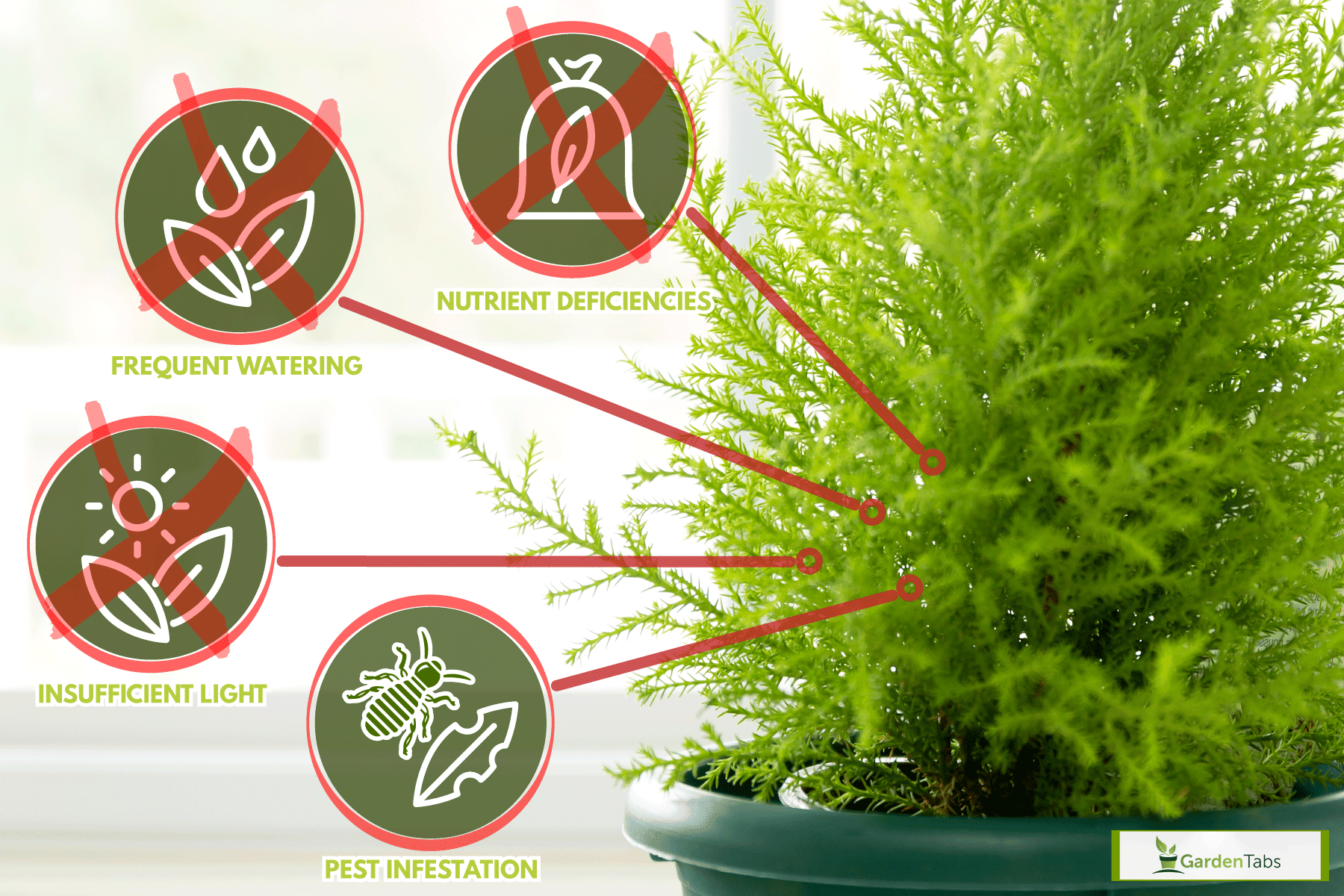
Primary Reasons For Lemon Cypress Tree Turning Brown
Water And Moisture
Overwatering your lemon cypress, or any plant for that matter, takes its toll on the root system. If the soil is moist and damp all the time, the roots tend to drown, soften and eventually die. Root decay is manifested by the leaves turning brown, then black, and shedding off.
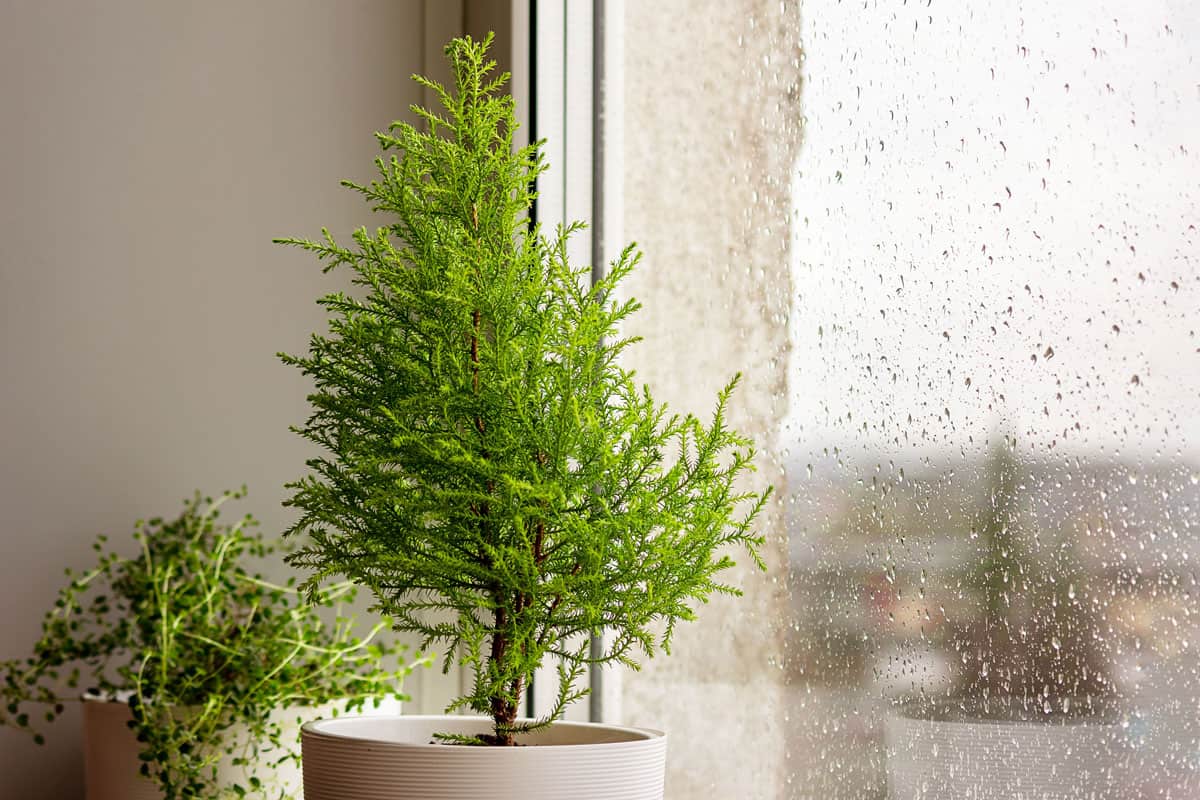
It occurs more commonly in trees grown in pots since water may tend to stagnate if the drainage is poor. Once you notice any discoloration, especially at the foliage tips, check the condition of the soil.
If it appears soaked, it is best to repot the tree using a fresh soil mix that has equal parts of organic matter and inorganic components. The former will provide plant nutrients, while the latter will ensure proper drainage.
Established trees planted on the ground do not require too much water except during the summer when you can hydrate as often as three times per week. Applying a layer of mulch around the tree's base will help retain moisture and regulate soil temperature.
Light Exposure
Parts of the tree may turn brown if it does not get enough sunlight. This usually happens when the plant is grown indoors and away from any direct light source. Lemon cypress, like most trees, thrives best when exposed to full sunlight for at least six hours a day.
Simply place your tree and grow it outdoors, but if you intend to keep it inside, position it near a window with enough penetrating sunlight and turn the tree from time to time to allow equal exposure.
If you encounter the same problem even when your tree is growing outdoors, examine the surrounding plants and foliage; the canopy from taller trees may have shaded your cypress. Cut the branches or prune the leaves that overlap with your tree until enough sunlight can pass through.
Avoid planting your lemon cypress close to other trees to prevent overcrowding and to provide enough room for the foliage to develop.
Soil Nutrients
If you have a potted tree that has been growing for more than a year and the leaves and branches begin to wilt, it is most likely that the soil nutrients have been depleted. If you've ruled out water or sunlight as the possible cause, it may be time to apply fertilizers.
Together with carbon dioxide and oxygen, the three most essential elements include nitrogen, phosphorus, and potassium. They promote photosynthesis, foliage growth, root development, water, and nutrient uptake and improve the resistance to plant disease.
Apply a small amount of granulated form of complete fertilizers every two weeks until the tree recovers, and new leaf growth is observed. Remember that too many additives also harm the plant and may cause fertilizer burn.
Lemon cypress thrive on infertile soil and ground-bound established trees require little fertilizing.
Pests And Diseases
Pests that cause plant disease may also be the reason your lemon cypress is turning brown. Unfortunately, this may have been a consequence of overwatering since prolonged moist conditions attract aphids, fungi, mites, and other parasites.
Aphids attack and harm the tree by excreting substances that are converted to a sugary liquid that attracts other insects.
Brown patches appear on the infected areas and spread throughout the plant. This damage can be controlled and limited by a suitable insecticide, especially if detected early. Once treated, you may prune the browned areas to stimulate new growth.
Fungi also thrive in waterlogged environments and may cause serious harm to stressed or weakened trees. Canker is a common disease among cypress species where the fungi invade the tree bark and feed on wooden matter. This can be detected when the leaves initially turn yellow, then brown, and totally wilt over time.
Remove all infected branches to prevent the spread of the disease and follow up with anti-fungal spray application.
Mites are a common pest that infests cypress varieties and causes signs of brown spots on leaves and foliage. They are found on the undersides of leaves and can be detected by the presence of silk webs and eggs.
If the infestation is not advanced, prune branches that have mites and cut past the webbing or plant damage. Dispose of the lopped materials properly to avoid spreading the parasite to other plants. If the condition recurs or persists, you could apply a less toxic pesticide to prevent killing beneficial insects.
There are numerous other plant parasites that cause disease, damage, or even threaten to kill the tree. The key is to catch the symptoms early and identify the specific organism. Pruning the affected areas is usually adequate to control and limit the infestation. In advanced cases, the right chemical application can be used to eradicate the pest.
Remember that overwatering and moist conditions tend to proliferate the presence and spread of parasites.
Lemon Cypress: An Overview
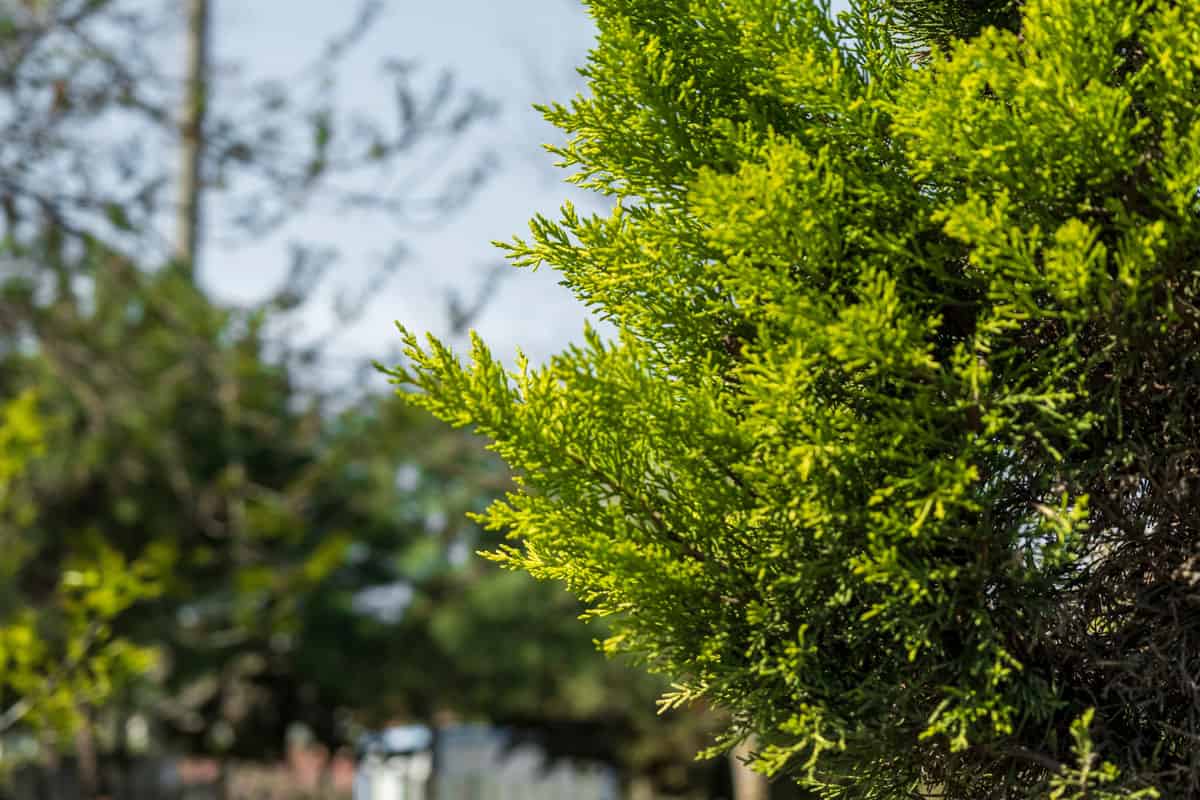
Lemon cypress, also referred to as Goldcrest, is a species of Monterey cypress. It is popular for the strong lemony scent it emits when you crush or brush up with its foliage. The plant itself can be pruned to a topiary contour or can be grown in its natural conical shape, similar to a Christmas tree.
The tree has a slow growth rate that reaches a mature size of 10 feet tall, particularly when not pruned into ornamental shapes. It can be planted outdoors or grown indoors as long as it receives enough sunlight exposure - either way, it is relatively easy to care for.
How Do You Take Care Of A Lemon Cypress Tree?
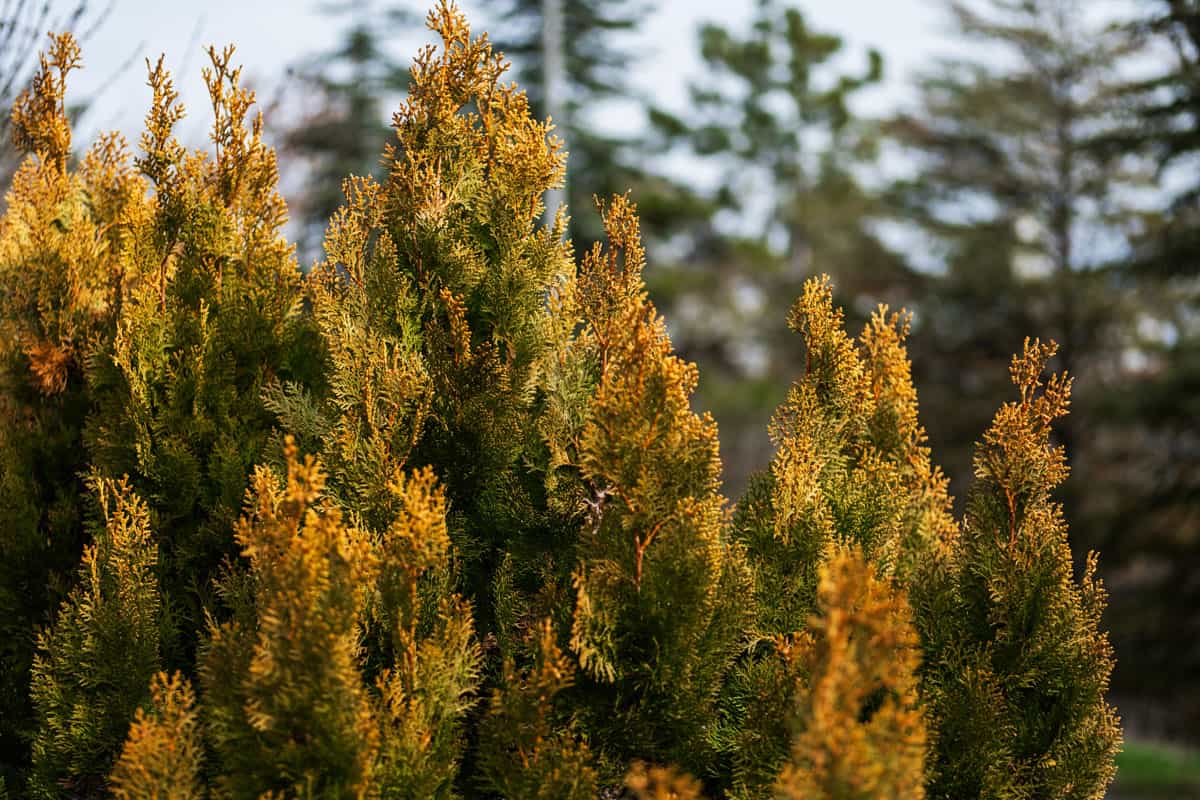
Water
A sapling has different water requirements as opposed to an established lemon cypress. Newly-planted trees need to be watered once a week throughout the first season, while the latter has to be hydrated only when the potting mix is completely dry (for container trees) or when it hasn't rained for at least a month (for soil-bound).
For optimal growth, it is ideal for watering your tree at regular intervals, but do not overwater since it causes root decay. Houseplants require deep watering weekly - never let the potting mix be thoroughly dry.
Light
Trees, in general, need the energy from the sun to create enough sugars to facilitate the process of photosynthesis. Without glucose as an energy source, they cannot grow, endure, and survive. The food-making methodology of trees is greatly affected by the amount of sunlight that they receive.
Lemon cypress has to be planted in an area where it can get full sunlight exposure. When contained in a planter indoors, make sure that the tree receives at least six hours of light per day. Avoid placing them in a west-facing window because the intense afternoon sun can harm the foliage.
Soil
Lemon cypress is not particular about the type of soil it is planted in. It generally thrives and grows best in poor quality environments, and the plant itself is not sensitive to acidic and alkaline soil. It is a slow-growing tree, making it well-adapted to well-draining, infertile, and sandy regions.
Fertilizer
Since lemon cypress prefers infertile environments, it is not necessary to apply fertilizers. The reasoning behind it is because of its slow-growing pace. The roots need to match the tree's height to prevent wind from blowing away the narrow and thin trunk. Applying organic matter will only result in its uneven and unstable growth.
Temperature
The tree is well-adapted to cool and moist environments. Temperatures exceeding 80 degrees Fahrenheit (27 degrees Celsius) in dry regions can affect the growth of the plant while winters with temperatures lower than 20 degrees Fahrenheit (-6 degrees Celsius) may lead to the tree's death.
Winter can be too cold and dry. When grown in a container or pot, place the tree indoors to prevent frigid conditions from harming the plant. Be sure to surround your cypress with other greeneries to maintain a humid environment.
Pruning
Lemon cypress and other conifer trees are very sensitive to pruning since older branches can never produce new growth. Do not prune regularly unless you are growing your cypress as a bonsai, hedge, or topiary.
The only time you can subject your tree to pruning is when removing dead, diseased, and broken branches.
In Closing
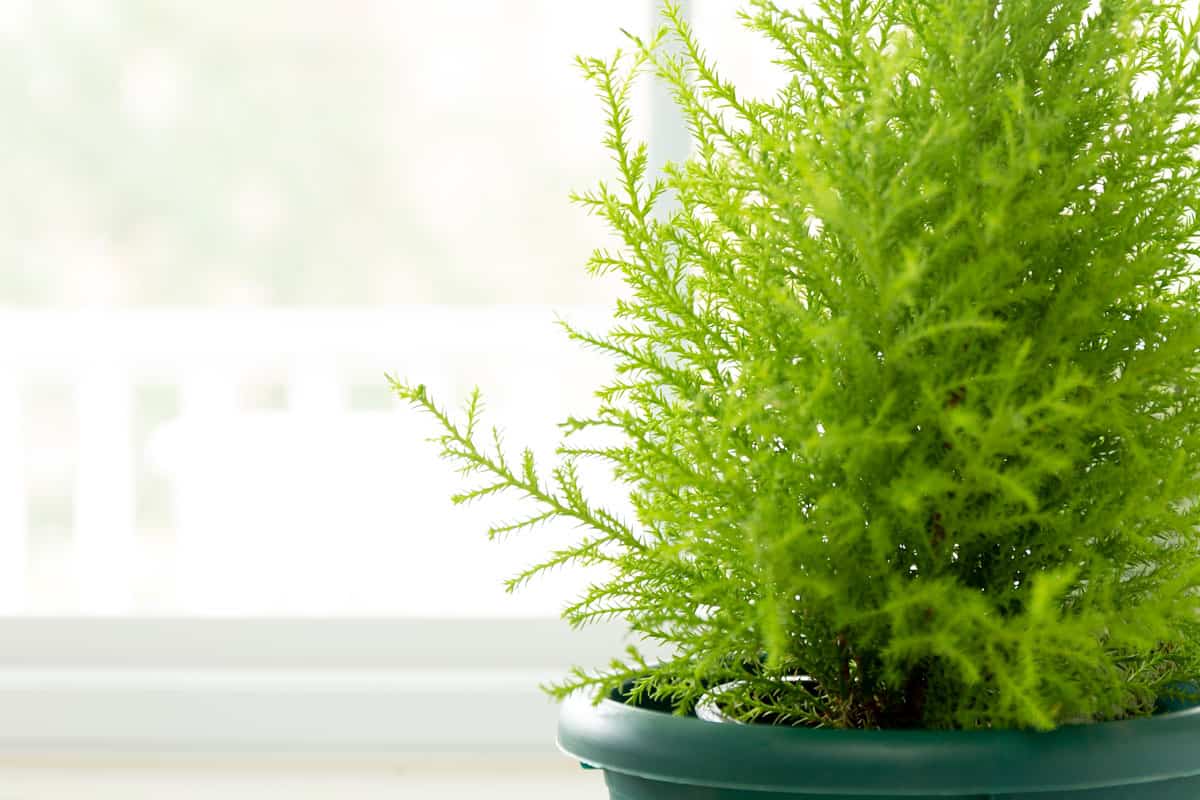
Even though lemon cypress is not very particular in its development needs, the tree itself requires proper maintenance to prevent the browning of its foliage. We hope this article proved to be insightful with regards to the caring and growth requirements of the tree. Happy planting!
Do Bald Cypress Trees Turn Brown In The Winter Or Lose Their Needles?

A quick question, does Conifer Cupressus Macrocarpe ‘Wilma’ Goldcrest Lemon Cypress Trees cause any damage to the foundation of the house? I have them 1 metre of my bay Windon and my next door neighbour came to me saying that it could cause subscience damage to my house?